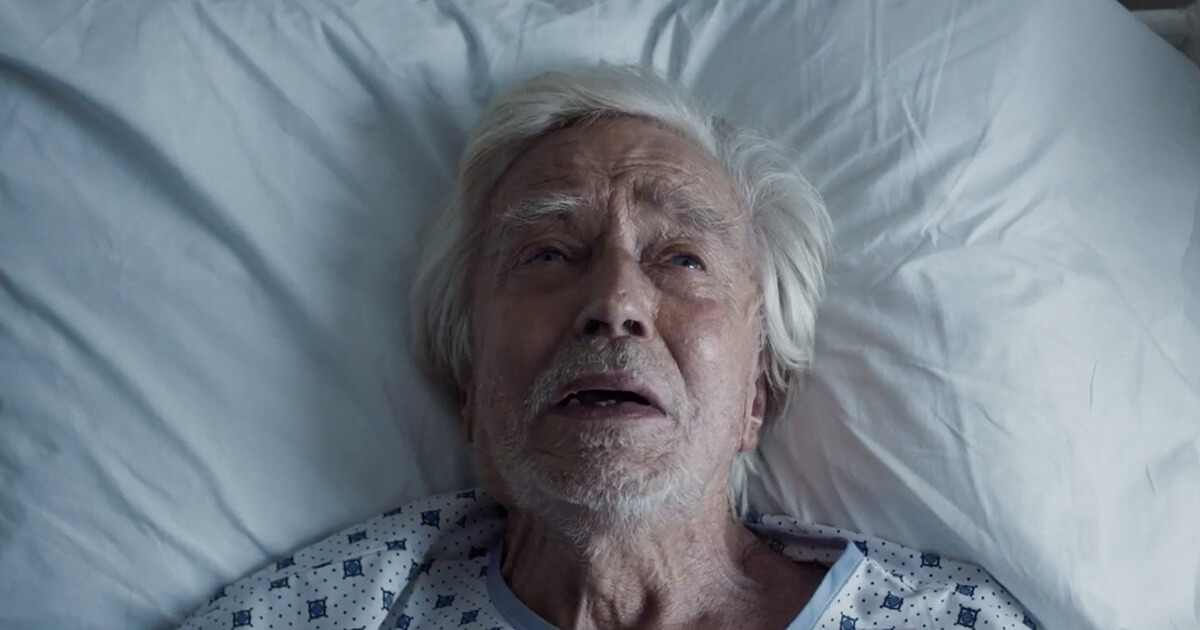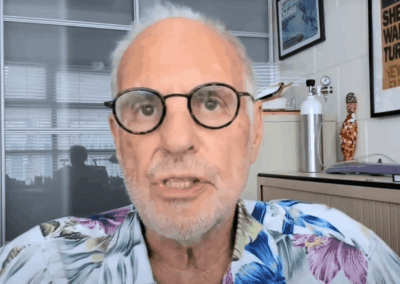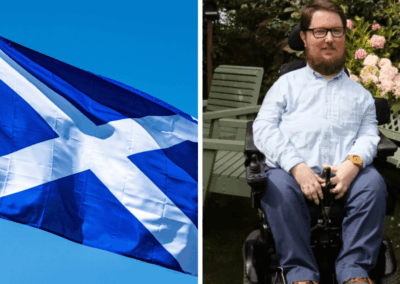Senior leaders at a national charity for end of life care have criticised a recent video from an assisted suicide lobby group labelling it “irresponsible”, “misleading” and “wildly inaccurate”.
Dignity in Dying released its video, The Inescapable Truth, as part of its ongoing efforts to legalise assisted suicide in the UK.
The distressing video features a mother talking to her son about his grandfather’s death. She tells her son that his grandad “moved to a special place called a hospice”, intercut with flashbacks portraying his death as agonising and traumatic.
Carole Walford and Tracey Bleakley, Chief Clinical Officer and Chief Executive of Hospice UK respectively, said the film was “misleading and irresponsible campaigning.”
In their open letter to Dignity in Dying they call for the “sensationalist and inaccurate video” to be taken down.
They say that it “could scare people away from the support they so desperately need… care that alleviates suffering, listens, communicates, and through skilled evidence based interventions meets the personal, physical, emotional and spiritual needs.”
Dignity in Dying claim the video is “a realistic portrayal” of those experiencing end of life care, and have so far not taken down the video. In a new report, Dignity in Dying, formerly known as the Voluntary Euthanasia Society, claim 17 people in the UK die in such a manner every day.
A claim that has been disputed by healthcare professionals who lined up on Twitter to criticise the film.
An NHS palliative care doctor said: “The very last thing the debate on assisted dying needs is deeply misleading and wildly inaccurate portrayals of dying in a hospice.”
An NHS project manager for cancer alliance said:
“The inescapable truth? Whose truth? Are you so desperate for support that you are reduced to #fakenews? This is definitely not my experience of my parents’ deaths, one in a hospice & one in an acute hospital. This is the most terrible exploitation of peoples’ fears. Shameful.”
A palliative care nurse tweeted: “This is a low act! I’ve nursed many many people dying in hospitals and hospice settings. NEVER, have I witnessed such a distressing scene. You are sensationalising and stigmatising death!”

“This is not truth,” added GP Dr Andrew Green, who has been a GP for 40 years.
Parliamentary efforts to allow doctors to help patients kill themselves have been consistently rejected in recent years, including by 330 votes to 118 in 2015.
Spokesperson for Right To Life UK, Catherine Robinson said:
“Leading doctors at Hospice UK and elsewhere are correct to call out Dignity in Dying for their misleading, irresponsible scaremongering. A recent study into end-of-life care ranked the UK as the best in the world, praising the quality and availability of services.”
“Our world class end-of-life care is becoming increasingly important for a society which values the lives of people with terminal or life-limiting conditions.”
“Legalising assisted suicide would inevitably lead to pressure on vulnerable people to choose the quicker, cheaper option of death over end of life care.”











